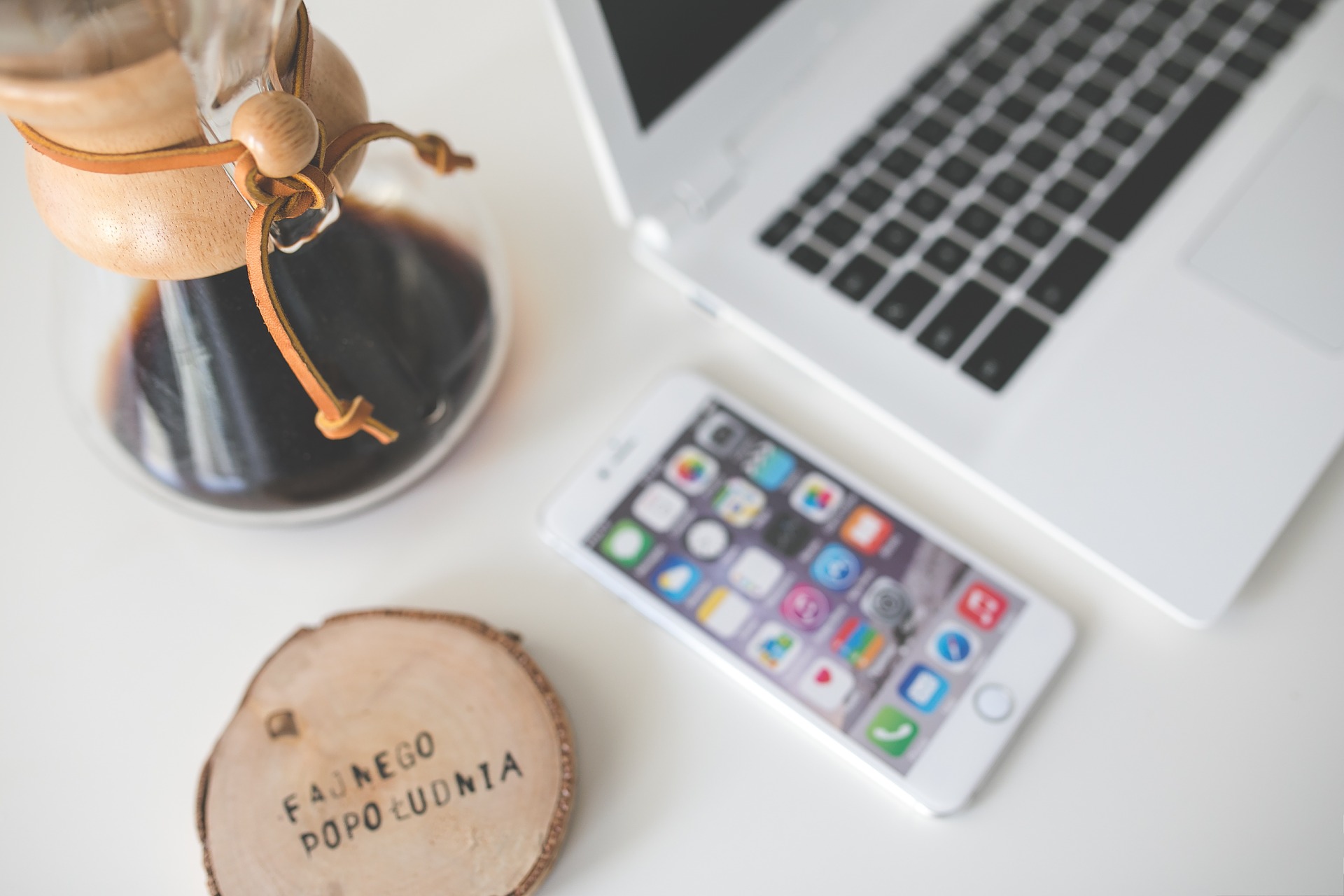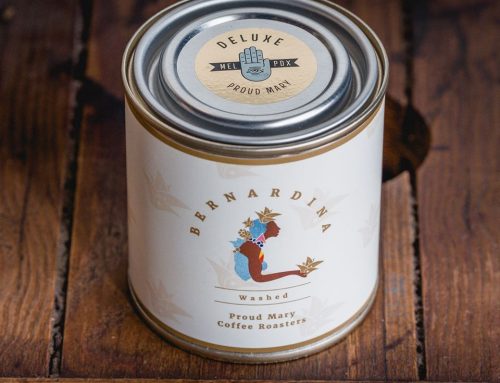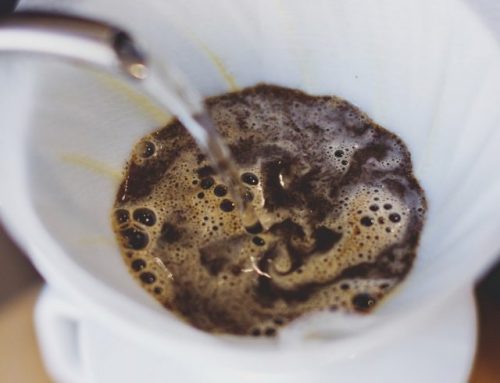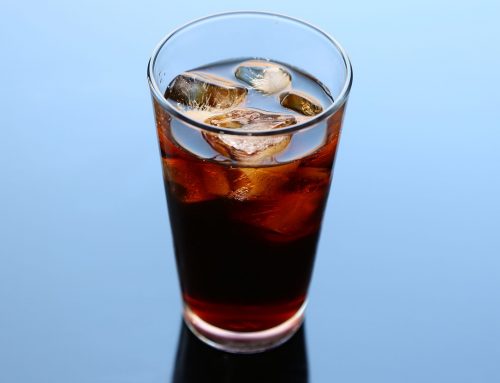Water, freshly ground beans and gravity make one of the purest cups of coffee you’ll ever enjoy. Pour over brewing has been around a long time, but you might not recognize it in its manual form – percolators and coffeemakers work basically the same way.
But whereas coffeemakers shower just-boiled water over the grounds, manual pouring-over relies on a delicate hand and attention to timing to distribute slightly cooler water evenly, which minimizes harsh flavors and tempers acidity. Grind size plays into the coffee’s brewed flavor, too.
Simple, natural and pure. After you learn pour over coffee brewing, you’ll never look at a French press or coffeemaker the same way again.
How it Works
Fundamentally, pour over brewing simply describes pouring hot water over freshly ground coffee. But the details make the difference.
The coffee
Fine- to medium-ground coffee works best; too finely ground and water passes through the grounds too slowly and too coarsely ground and water passes too quickly. You want it to take between three-and-a-half and four minutes for the water to pass through the grounds, which means you must time your pours.
Timing
During the pour you take short breaks, mainly waiting for three things: wetting, dissolution and diffusion.
Wetting occurs when the grounds first moisten and expel the carbon dioxide that built up during roasting. Dissolution, or when the water dissolves the soluble compounds in the coffee, occurs when you start pouring again and diffusion takes place when osmosis occurs, or when the water moves the solutes, flavonoids and esters responsible for coffee’s attributes out of the grounds. A special pour over brewer helps the water disperse evenly as it passes through the coffee.
Equipment
Pour over drippers resemble funnels, which is essentially what they are, with a key difference: the interior has grooves or channels that help direct the water around the sides, almost in a spiral, as it passes through to the carafe or cup.
You want to use a gram scale to measure the coffee and a metric measuring cup to measure the water – precision is critical to getting the best taste. Slow-pouring water kettles give you the most control over pouring, and are a must for a pour over professional.
The method
- Grind 60 grams of coffee beans to make four cups of coffee. To make one cup of coffee, grind 15 grams of beans.
- Rinse a pour over filter and place it in the dripper. Press the sides of the filter into the dripper grooves.
- Add the coffee to the brewer in an even layer. Set the brewer on the carafe.
- Bring one liter of filtered water to a boil. If making one cup, heat 250 ml of water. Let the water stand for 30 seconds. Alternatively, let the water cool until it reaches 205 F (for dark roasts) or 195 F (for light roasts).
- Set a timer for three minutes and 30 seconds. Pour just enough water over the coffee to wet all the grounds. Pour gently, evenly and quickly, holding the tip of the kettle a few inches above the coffee.
- Wait 30 seconds for the grounds to swell and expand, or “bloom,” around 30 to 40 seconds. Continue pouring, slowly and uniformly, adding just enough water to wet the grounds then letting the water settle for a few seconds.
- Time your pour to conclude right about when the timer finishes. Let the water finish passing through the grounds, about 30 seconds, and taste.
Perfecting the brew
- The ideal amount of coffee might vary between brands and varieties. Adjust the amounts ever so slightly until you find the exact ratio that works best.
- If you find your first cup a bit acidic or bitter, use a slightly larger grind or slightly lower water temperature next time.
- If you find the coffee a little weak, increase the weight in one-fourth gram increments until you’re satisfied.
- Take tasting notes as you try the coffee. Note the pour time, grind size, water volume and coffee weight used for each variety.






